7 Low-Maintenance Plants For Front Yards – Boost Curb Appeal with Minimal Effort
Good landscaping is essential for creating curb appeal, but it doesn’t have to require a professional. These plants provide great visuals with little maintenance.

Melanie Griffiths
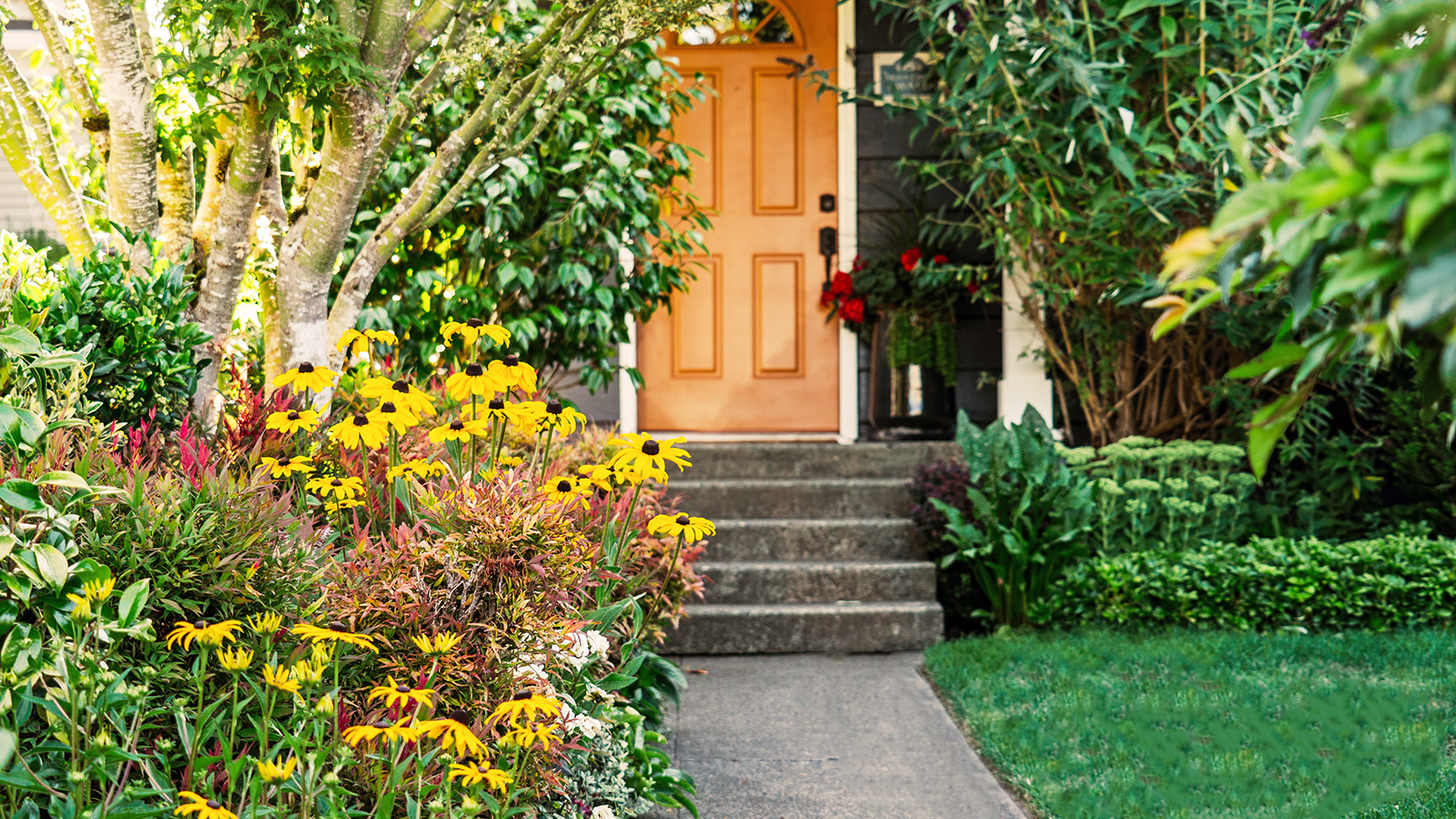
The backyard might be your private oasis, but your front yard landscaping is what the rest of the world sees. This is where you can add major curb appeal to make your home more attractive – whether you’re in the market to sell it or not. Indeed, there are many front yard plants that add value.
Elaborate landscaping in the front yard looks great, but it can be costly and require a lot of regular maintenance. Get more for your time and money by choosing low-maintenance plants for front yards that pack a punch.
These are some great options, but check plants are compatible with your USDA hardiness zone, soil type, and light levels, such as full sun, full shade, or partial shade.
1. American Arborvitae
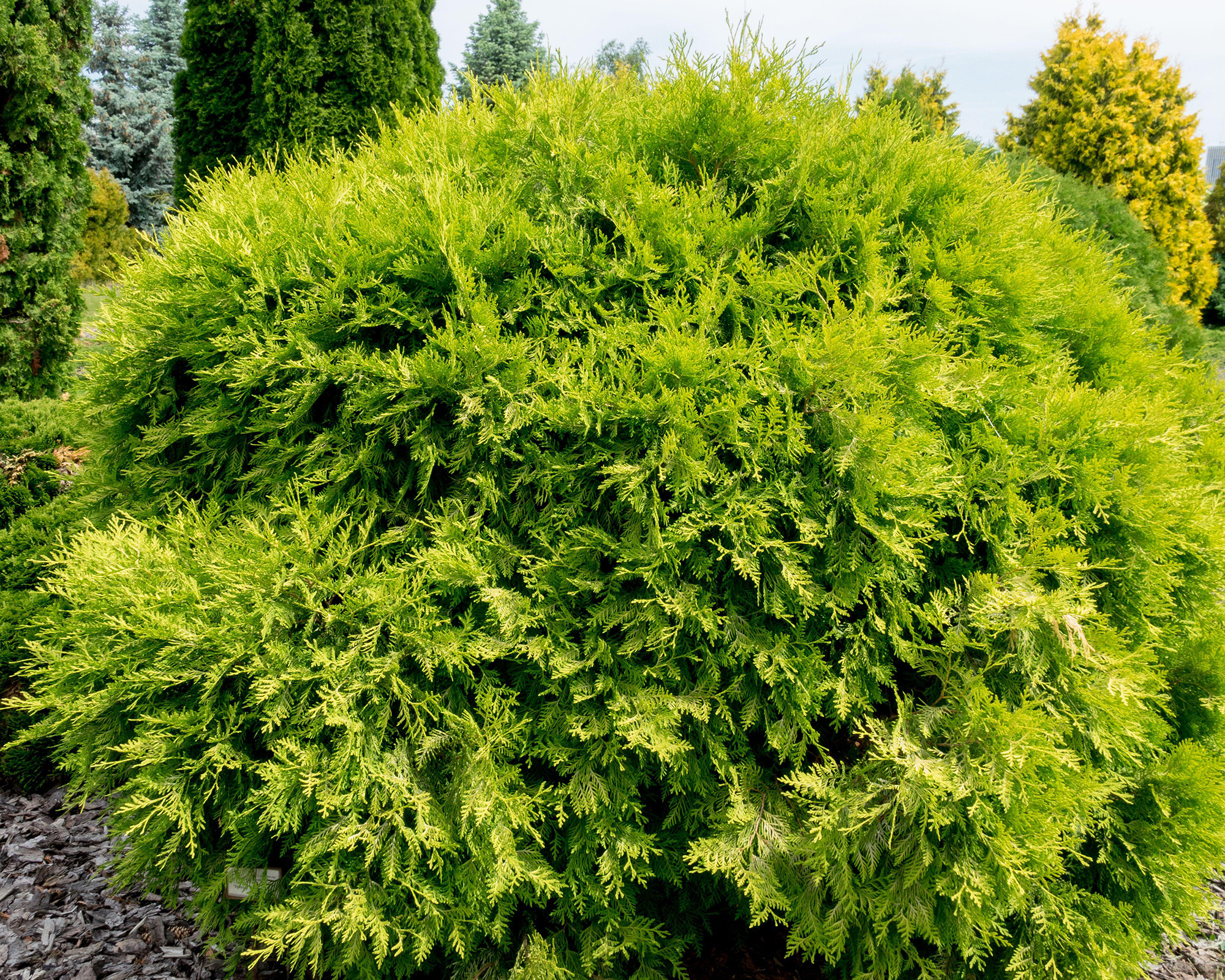
What looks better than a tidy, pyramid-shaped evergreen? North American native American arborvitae (Thuja occidentalis) comes in many varieties, all of which are easy to care for and provide year-round greenery for curb appeal.
Depending on the planting location, you can choose a dwarf variety like ‘Smaragd’ or a taller tree. ‘Emerald Green’ is a beautiful cultivar for color.
Grow arborvitae as hedges along property lines, as accents, or along the windowless sides of a home.
These evergreens are hardy in USDA zones 2 through 8 and need full sun. They tolerate a range of soil types and only need watering while getting established. Their pruning needs are minimal.
Sign up for the Gardening Know How newsletter today and receive a free copy of our e-book "How to Grow Delicious Tomatoes".
2. Weeping Cherry
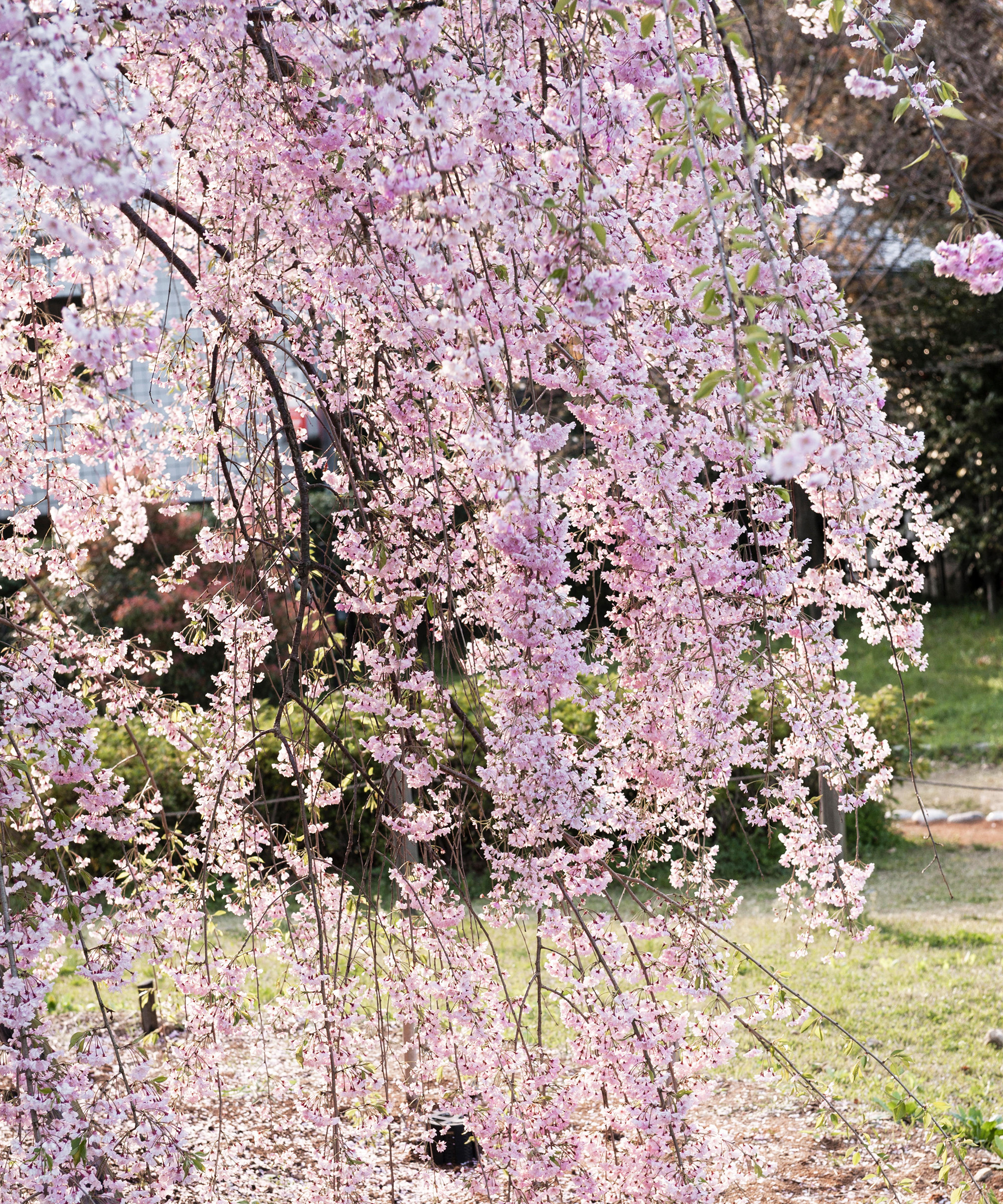
Weeping cherry (Prunus pendula) is a striking, small landscaping tree that offers huge visual interest with little effort. It has graceful weeping branches that bloom pink in spring, provide pretty green leaves in summer, and turn golden in fall.
Hardy in zones 5 through 8, weeping cherry can grow up to 25 feet (7.6m) tall but is often much smaller. Full sun or partial shade is best for this tree. The soil should be fertile and well-drained. It has good resistance to diseases.
3. Chinese Fringe Shrub
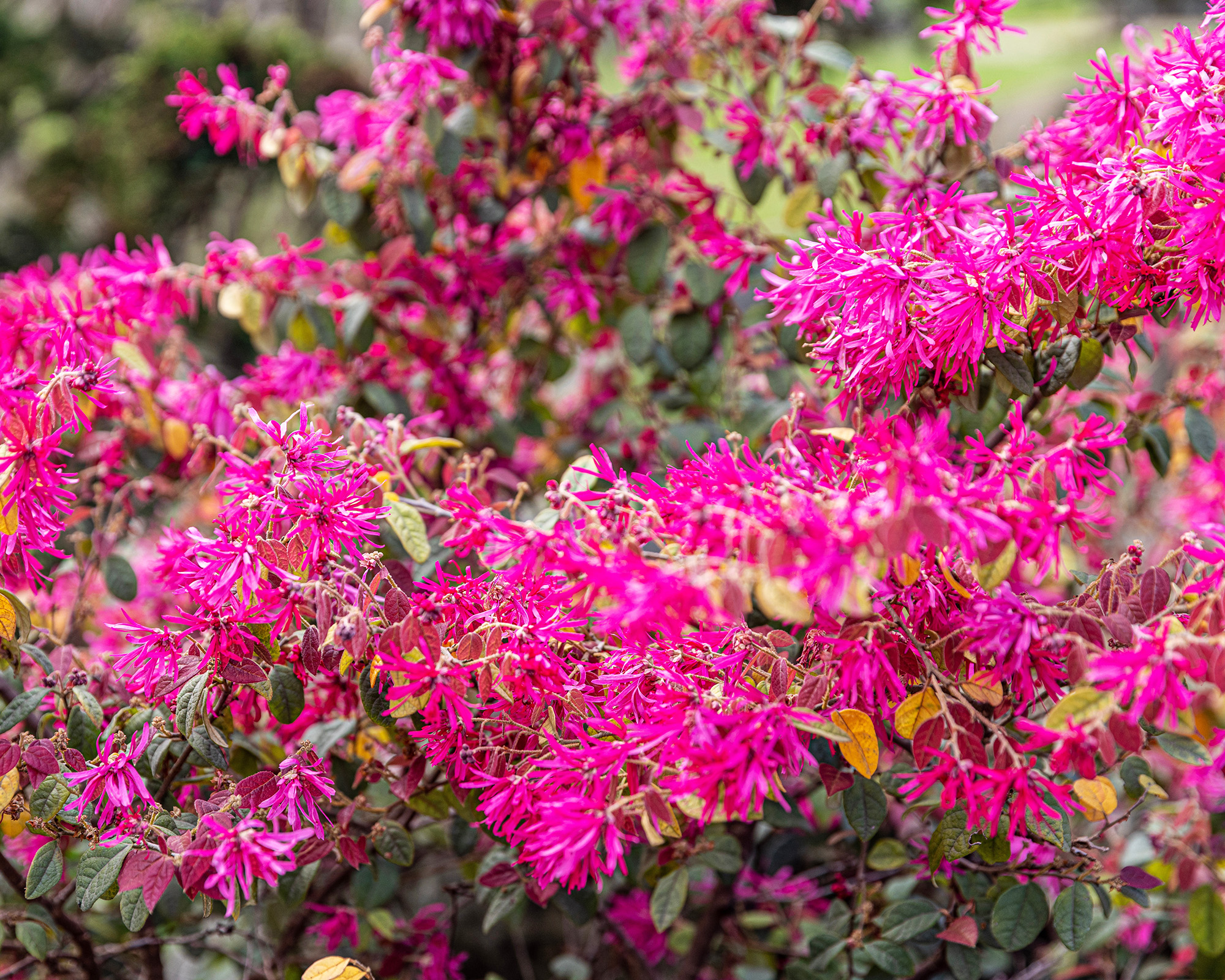
The Chinese fringe shrub (Loropetalum chinense) is a small to medium shrub that may grow up to ten feet (3m) high and wide. Look for dwarf varieties for something smaller.
They are evergreen in their hardiness zones of 7 or 8 through 10. The attractive leaves are oval and glossy green; flowers bloom in spring and are pretty and aromatic.
‘Crimson Fire’ is a low-growing mounding variety with red foliage that lasts all year.
Chinese fringe flower shrubs do not need much care. Plant them in sun or partial shade in rich soil that drains well. Pruning is minimal; plants grow in a pleasing shape, but you can trim them occasionally to maintain a certain size.
4. Hosta
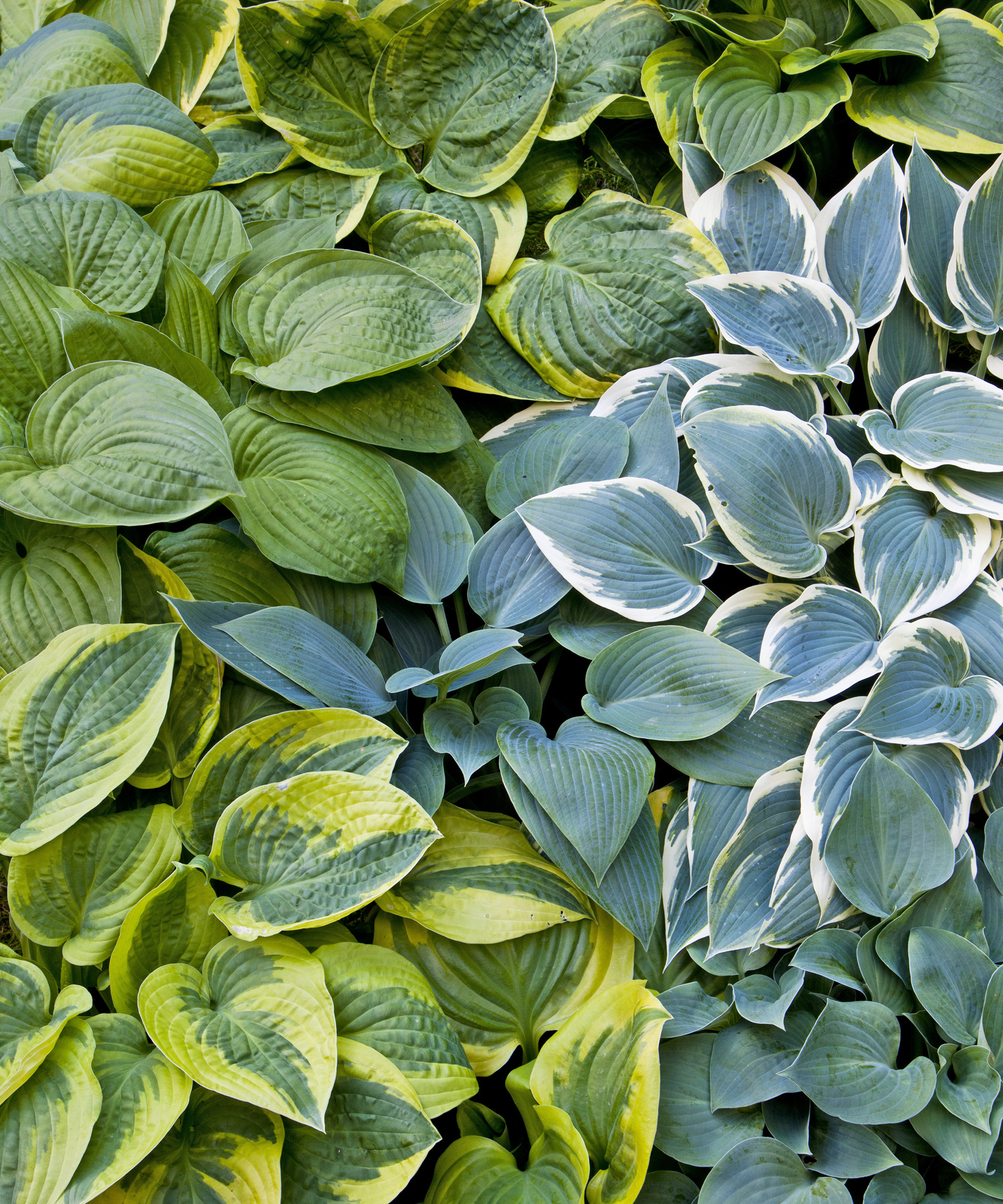
Hostas (Hosta spp.) are beloved plants for their minimal needs, variety, and ability to grow in shade. If you have a shady front yard, this is the curb appeal plant for you.
Grown largely for its striking foliage, you can find hosta varieties in deep blue-green, lemon yellow, and everything in between. There are also variegated types. Hostas can be very small, perfect for edging and tucking between other plants, and also large and sprawling.
Grow hostas in zones 3 through 8 in rich, moist, well-drained soils. All types tolerate shade, but the darker the leaves, the more shade they can handle – even full shade. Hostas have minimal care requirements and few problems, but watch out for slug damage.
5. Black-Eyed Susan
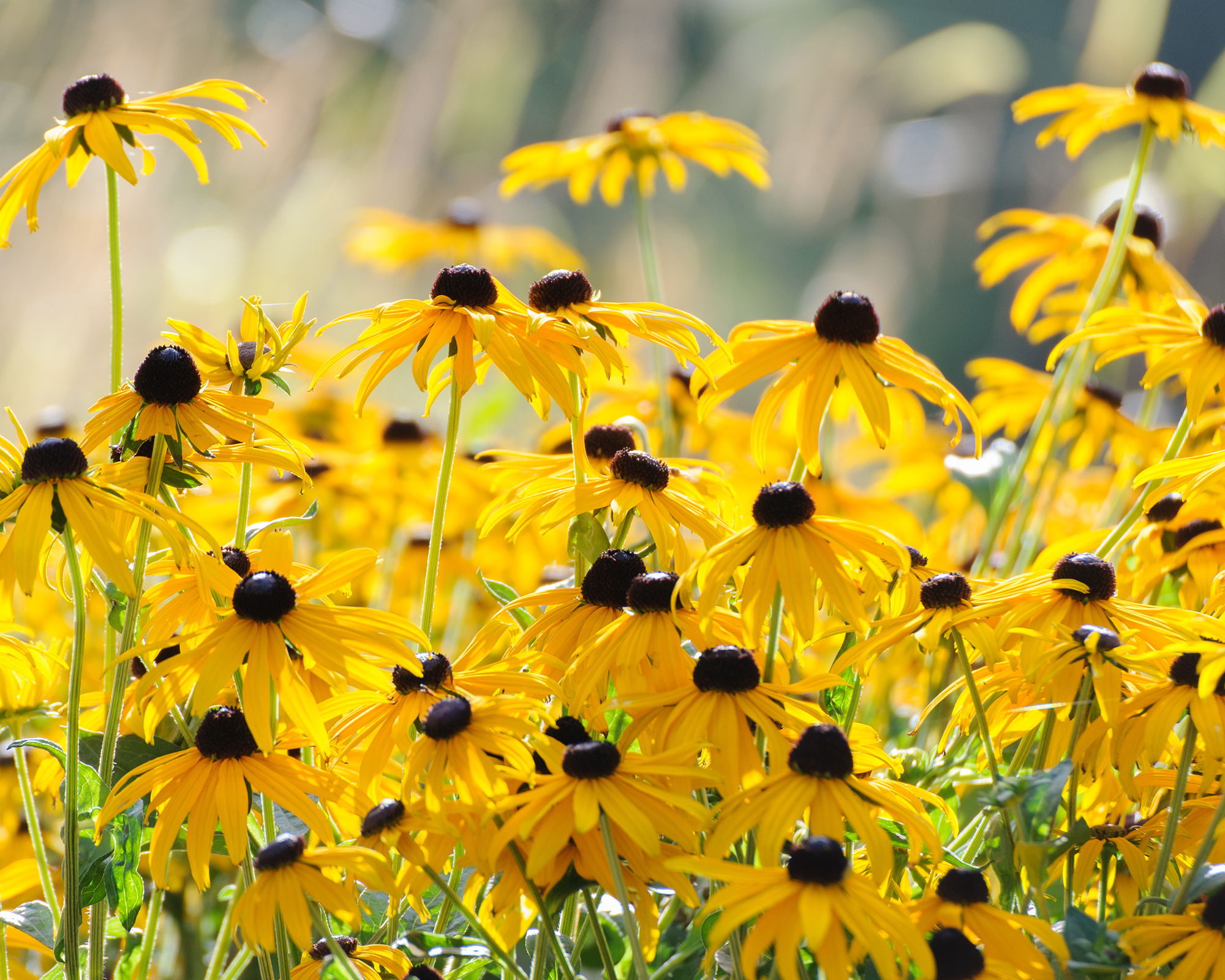
For an easy, flowering perennial that is also native to many areas of North America, it’s hard to beat black-eyed Susan (Rudbeckia hirta). It can also be grown as an annual and is easy to grow from seed for quick seasonal blooms. You’ll get cheerful yellow flowers from early summer into fall.
Black-eyed Susans need full sun and moist, rich soil. They are very low-maintenance, resist drought, and have few diseases or pest issues. Use these pretty flowers in mixed beds, along edges, in cottage gardens, and in groups or masses.
6. Daylily
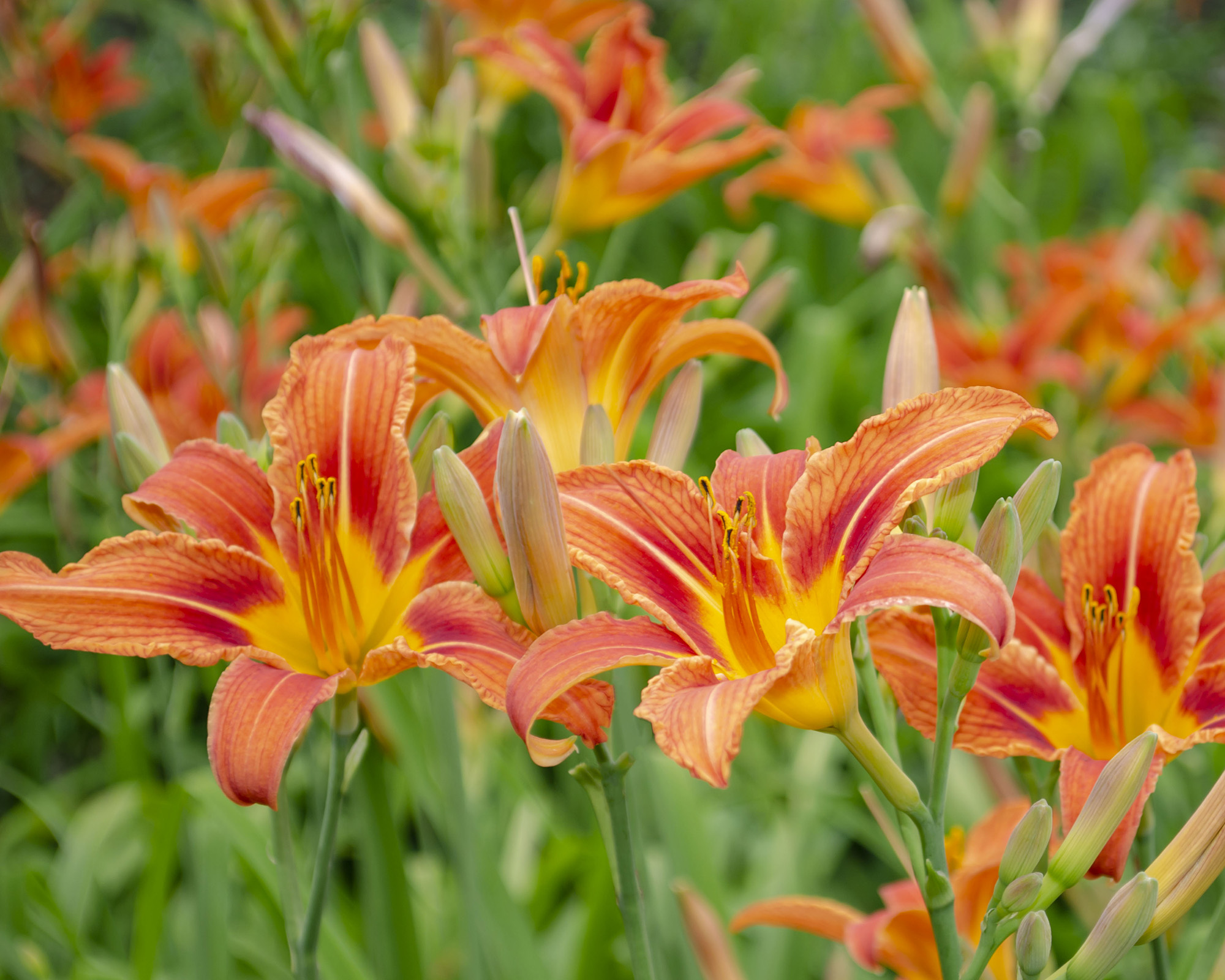
Daylilies (Hemerocallis spp.) offer another low-maintenance option for showy, perennial flowers. Aside from dividing every few years, these flowers will keep on blooming without much effort from the gardener.
They have long, thin, and elegant leaves with bright flowers that bloom on long stalks. Each flower only blooms for a day, but the plants will keep on producing flowers throughout the summer and into fall.
Plant daylilies in masses for the best effect. They like full sun but will grow in partial shade. They tolerate average soil but need good drainage. You can remove spent flowers, but it isn’t necessary to keep them blooming. Look for many different varieties in a range of colors and sizes.
7. Ornamental Grasses
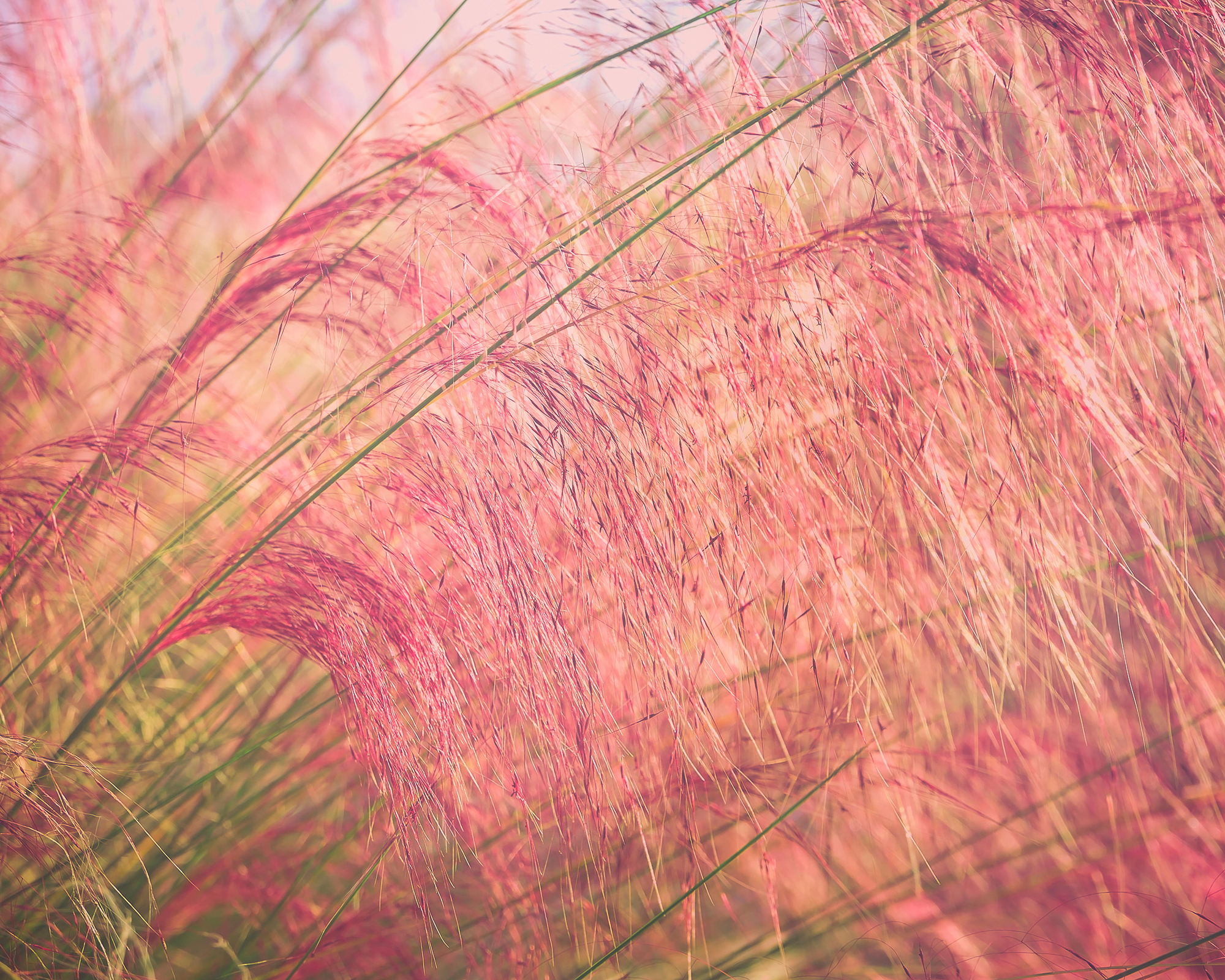
Ornamental grasses are a popular group of landscaping plants, with many species. You can choose native or non-native varieties, tall grasses, and from among a variety of colors and shapes. All types – but especially native species – are easy and require little care.
- Use low-mounding grasses like blue fescue for edges or ground cover.
- Fountain grass makes a spectacular display for a focal point.
- Little bluestem and purple millet provide interesting colors.
- Japanese forest grass is good for shade and has a pretty mounding growth habit.
- Dwarf pampas grass has exceptional flowers.
- Use ravenna grass to fill tall spaces (up to 12 feet or 3.7m).
Keep grasses in place after fall for good visual interest in winter.

Mary Ellen Ellis has been gardening for over 20 years. With degrees in Chemistry and Biology, Mary Ellen's specialties are flowers, native plants, and herbs.
- Melanie GriffithsEditor in Chief